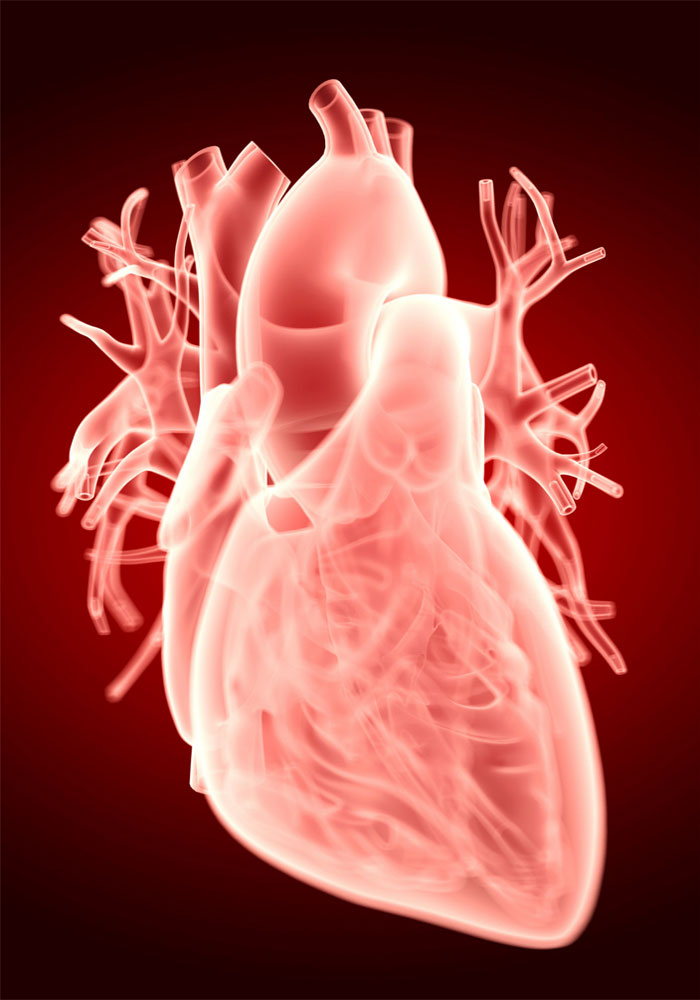RESTRICTIVE CARDIOMYOPATHY

RESTRICTIVE CARDIOMYOPATHY
It is the least common cardiomyopathy.
It is characterized by the presence of a rigid myocardium which restricts diastolic filling. The thickness of the myocardial walls and their overall systolic performance remain almost unaffected. The characteristic finding is the so-called restrictive physiology, ie a disproportionate increase in intra-cavity pressures for a small increase in volume.
The patient may be asymptomatic or present with symptoms such as shortness of breath, fatigue, leg swelling, weight gain, a feeling of fullness, etc. Restrictive cardiomyopathy can be due to a number of familial diseases (eg Anderson-Fabry disease) or other (eg metastatic, sarcoidosis, intramyocardial fibrosis, carcinoid, anthracycline toxicity, scleroderma, etc.) or even no cause may be found (idiopathic). In the strict sense the disease is not defined as hereditary.
Restrictive cardiomyopathy diagnosis is not always easy. This entity should be differentiated from compressive pericarditis with which it shares common features. The evaluation may include echocardiography, electrocardiogram, chest x-ray, right heart catheterization, etc.
